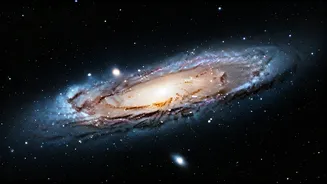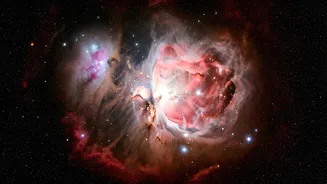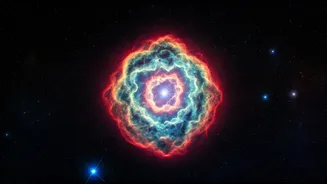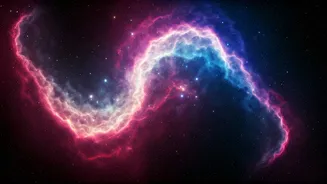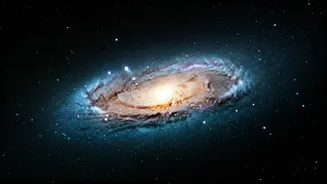A Second Celestial Body
The notion of Earth having two moons isn't something one hears every day, yet that is precisely what happened. For a period, at least until 2083, our planet
has been accompanied by a second celestial body, PN7. This discovery, affirmed by NASA, offers an interesting perspective on our planet's place in the cosmos. It challenges our traditional understanding of Earth's solitary moon and introduces a whole new realm of astronomical possibilities. This temporary companion has stirred curiosity among scientists and space enthusiasts alike, prompting discussions on its nature and its effect on our existing lunar system.
NASA's Confirmation Explained
NASA's validation of PN7 as a second moon is a critical element in this extraordinary astronomical event. Their official pronouncements carry significant weight, providing scientific credibility to the assertion. Without NASA's involvement, the claim may have been viewed with skepticism. The agency's confirmation involved rigorous analysis and observation. NASA provided the hard facts to validate the claim. Therefore, the confirmation from NASA isn't merely a formality; it signifies a scientific evaluation, a validation that strengthens the validity of PN7 as a temporary moon. It ensures that this isn't just a fleeting observation, but a matter of established scientific fact.
PN7's Orbital Duration
One of the most noteworthy aspects of PN7 is its projected lifespan as an Earth companion. The timeline suggests that its presence will persist until at least 2083. That timeframe, offers a unique opportunity for both observational research and a wider embrace by the public. This period of approximately six decades allows scientists ample opportunity to observe the moon's behavior, its orbital patterns, and its effects, if any, on our planet. Furthermore, this extended tenure means there is plenty of time for future generations to learn about PN7, increasing awareness and interest in space exploration. The definite end date, 2083, adds a unique and time-sensitive dimension to this astronomical phenomenon, creating a sense of urgency.




